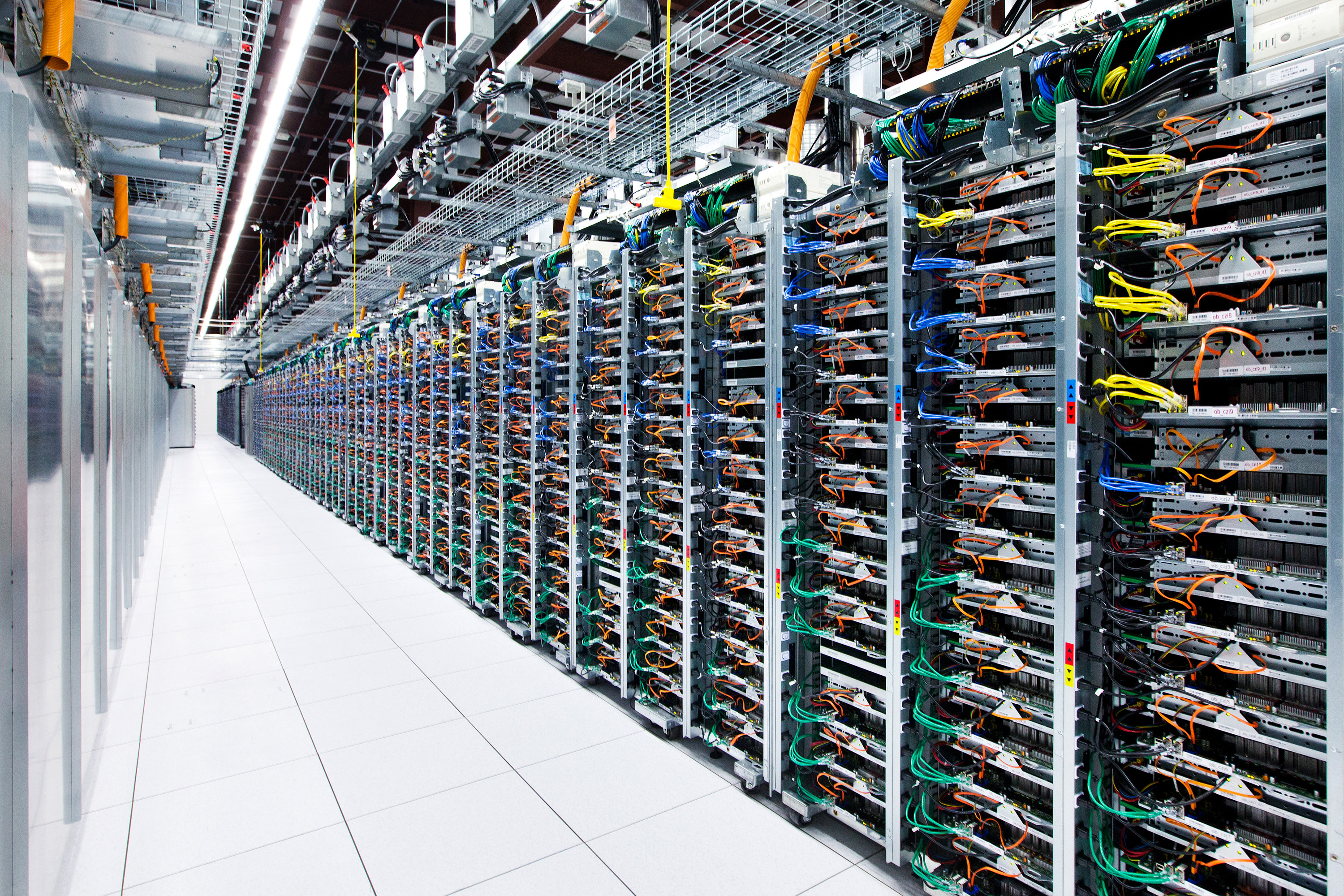
SureCore announced its new SRAM modules for quantum computing SoCs that can function at cryogenic temperatures as low as 4 Kelvin (-269°C). The innovation comes as a major breakthrough for cooling and downsizing quantum computer data centers.
SureCore CEO Paul Wells said, "Data centres have a heat problem and we can potentially provide a solution." Wells elaborated, "As part of an InnovateUK funded project, we have worked closely with our partner Semiwise who have developed cryogenic transistor SPICE models. These have enabled us to port and tune our low power memory technology to work at temperatures down to 4K."
SureCore has been working on its cryogenic-friendly SRAM along with Semiwise and many other companies and research teams as part of a joint project by InnovateUK, the UK's government research agency. IUK's goal is to make cooling quantum data centers cheaper and more scalable, a prospect made difficult by how large-scale quantum computers currently operate.
Quantum computers, which use "qubits" rather than traditional bits, need near-absolute zero temperatures on their qubits for them to function most efficiently and correctly. At present, the qubits are kept in cryogenic cooling while the rest of the motherboard (controllers, RAM, etc.) are connected via expensive cabling from outside the cryostat. Most modern semiconductor technology is only rated to function at or above -40°C, necessitating a separated computer with its brain in a jar in another room.
SureCore's success could allow for new low-power and super-cold SRAM to potentially live with the qubits in a cryostat, reducing cooling costs and saving space.
Wells explained, "The goal was not only to develop memory for cryogenic operation, but also to exploit our power saving techniques so as to minimise the thermal load in the cryostat. For a datacentre operating at 77K [the temperature of liquid nitrogen], similar challenges apply and, by saving up to 50% of the memory power, a significant cut in thermal dissipation is possible with knock-on effects for the cooling power budget."
If your head is spinning with talk of qubits and quantum, give our quantum computers explainer a read. While quantum computing may yet prove to be the future, today it is still largely theoretical. Even IBM's own recent quantum computing experiments have been outperformed by a 1980s era Commodore 64.







